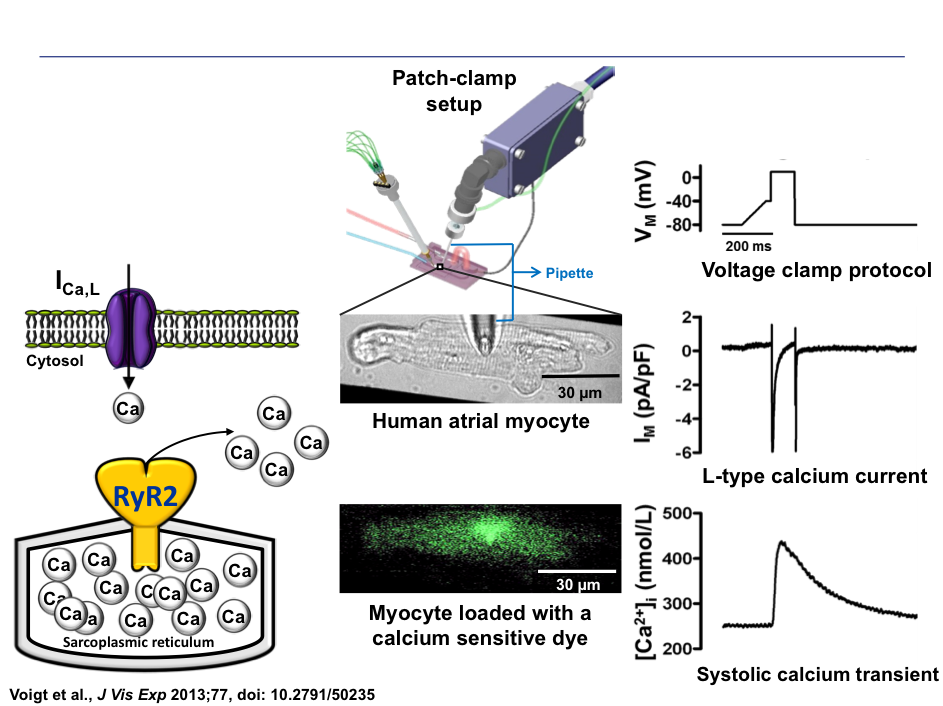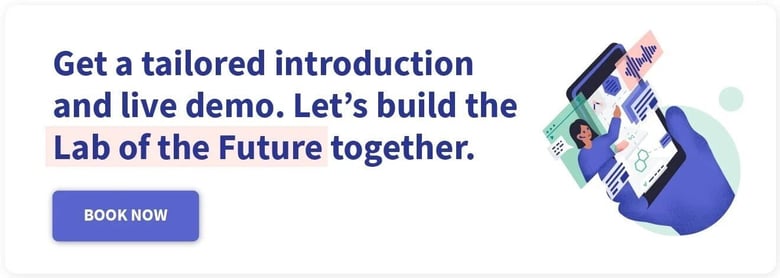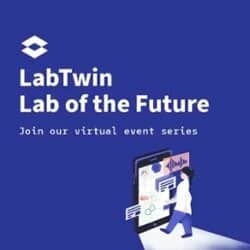Funsho Fakuade is a pharmacology researcher in Professor Niels Voigt’s lab at the University Medical Center Göttingen. Funsho performs complex experiments to study how changes in calcium handling in heart cells can contribute to common heart diseases.
How to Take Notes in the Dark?
Funsho’s experimental work involves a procedure called patch clamping, where he attaches a glass pipette to the membrane around heart cells, then electrically stimulates the cells to measure properties such as calcium currents. This, in simple terms, is like doing an electrocardiogram (ECG) of single cardiomyocytes.
“Just like measuring the whole heart’s electrical activity using an electrocardiogram, we scale down to a micro level to investigate the electrical properties of single cardiac cells using the very sophisticated patch clamp technique. We incorporate fluorescence dyes to simultaneously measure membrane currents as well as the corresponding intracellular signaling,” said Funsho.

Patch clamping is an experimental process that is almost an art because there are so many little tweaks and constraints that it requires a lot of practice. In addition to recording electrical changes, these experiments may also involve imaging to evaluate changes in calcium concentrations. Funsho sits in a dark room during his experiments because he uses light sensitive fluorescent dyes to measure calcium concentrations. Real-time documentation during these experiments was nearly impossible because Funsho couldn't use any light. During a complex experiment like patch clamping, there are simply too many details for a scientist to remember without taking notes. Writing down results can also slow scientists down, making it hard to keep up with a fast-paced experimental protocol. Funsho was looking for a solution that allowed him to take notes in a dark room without interrupting his experiments.
Voice-Activated Assistant Lets Scientists Take Notes Anywhere
Funsho now uses LabTwin to record real-time experimental observations that he couldn’t capture otherwise. For example, his experimental results include certain qualitative phenomena like fluorescence changes and cell geometry that would be lost if he did not capture them at the point of experimentation.
Since LabTwin is voice-activated, it works in all different experimental conditions, including the dark room where Funsho performs his patch clamping and fluorescence experiments. LabTwin gives Funsho a complete record of experimental events. This makes it easy to interpret and contextualize experimental results, even weeks or months after he performs an experiment. It also lets Funsho see if there were any protocol deviations during individual experiments.
“LabTwin makes my lab documentation touch less when my hands and eyes are preoccupied. I can now focus 100% on running experiments and spend quality time with my science.”
Learn more about how LabTwin can help you access and capture data from anywhere in the lab, simply by talking.











